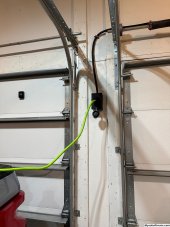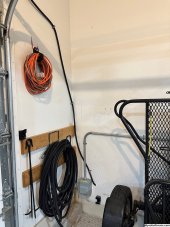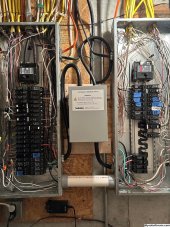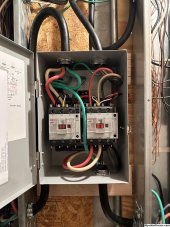The inspector doesn't have much to say about portable sources of power. He is chiefly concerned with the wiring of the building. If you're not willing to modify the inverter in the truck and you're not willing to separate the neutrals and grounds at the panel, you only have two choices:You are right, doesn't. Listen, you all that are willing to have the ground disconnected -- some of us far less experienced guys take it as gospel that every circuit ought to have a ground. I am just trying to figure out in my mind where an inspector would have a problem. Frankly, you have brought me into agreement. My only concern is coming across an inspector who would ask me for that same coherent explanation and under pressure it makes it harder.
Anyhow, big thanks again for those patient enough to keep trying. The Ford Lightning forum was less helpful.
1) Abandon the project
2) Disconnect the ground at one end of the cord
Keep in mind that you aren't leaving the cord ungrounded. The ground will still be connected at one end. Let's say you disconnect the ground at the plug. The inverter and truck are still grounded by the neutral-ground bond at the inverter. The green wire in the cord is connected to ground at the panel, so if the cord were to be compromised somehow, the green wire will still carry fault current.








